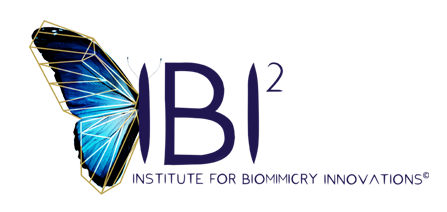Biomimicry,
Biomimicry, biodesign en bionic gebruiken de natuur als hulpmiddel of als inspiratiebron voor duurzame en innovatieve oplossingen. Een van de eerste voorbeelden uit de geschiedenis is Leonardo da Vinci. Hij imiteerde vogels en maakte een ontwerp voor een vliegmachine wat later de basis werd voor de helikopter.
Biomimicry
Bij biomimicry en bionic ligt de nadruk op het imiteren van de natuur. Biomimicry is het leren en vervolgens nabootsen van natuurlijke vormen, processen en ecosystemen om duurzame ontwerpen te maken. Bij biomimicry kijken we niet naar wat we aan de natuur kunnen onttrekken, maar wat we ervan kunnen leren. De term biomimicry is afgeleid van de samentrekking van de Griekse woorden bio ‘leven’ en mimesis ‘imiteren’, dus letterlijk ‘het leven imiteren’.
Biodesign
Biodesign is het gebruik van levende organismen bij het ontwerpen van producten. Denk bij levende organismen aan schimmels, algen, gist, bacteriën, planten en gekweekte weefsels. Het idee is om een product te creëren waarvan de eigenschappen worden verbeterd als gevolg van het gebruik van deze levende materialen.
Bionic
Bionic is de studie van mechanische systemen die functioneren als levende organismen of delen van levende organismen. De term bionic is afgeleid van de samentrekking van het Griekse woord bios ’leven’ en Tecnica ‘techniek’, dus letterlijk ’levenstechniek’.
wat leer je?
Tijdens de biomimicry, biodesign & bionic training van IBI² leer je wat de verschillende begrippen inhouden, de achterliggende geschiedenis en hoe je deze design strategieen kunt toepassen. Tijdens de training biomimicry, biodesign, bionic, biobased & biophilia komen de volgende thema’s aan bod:
